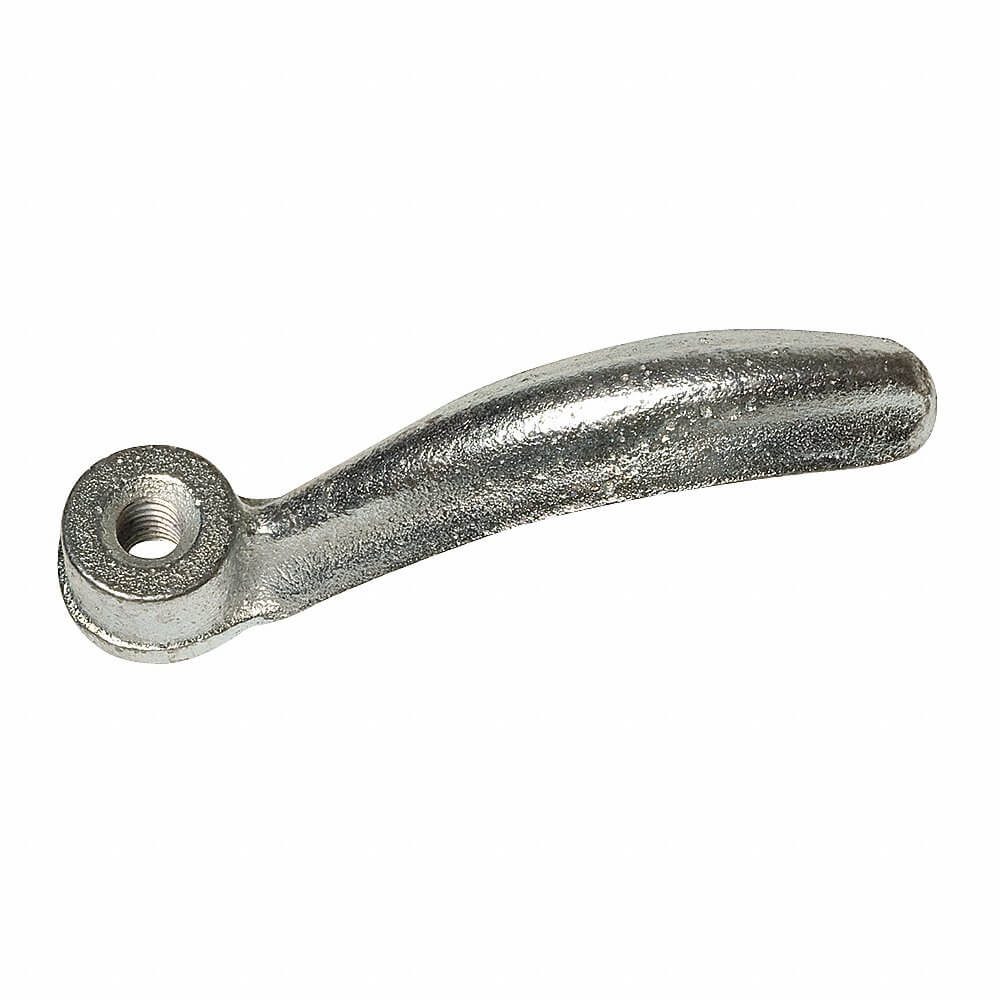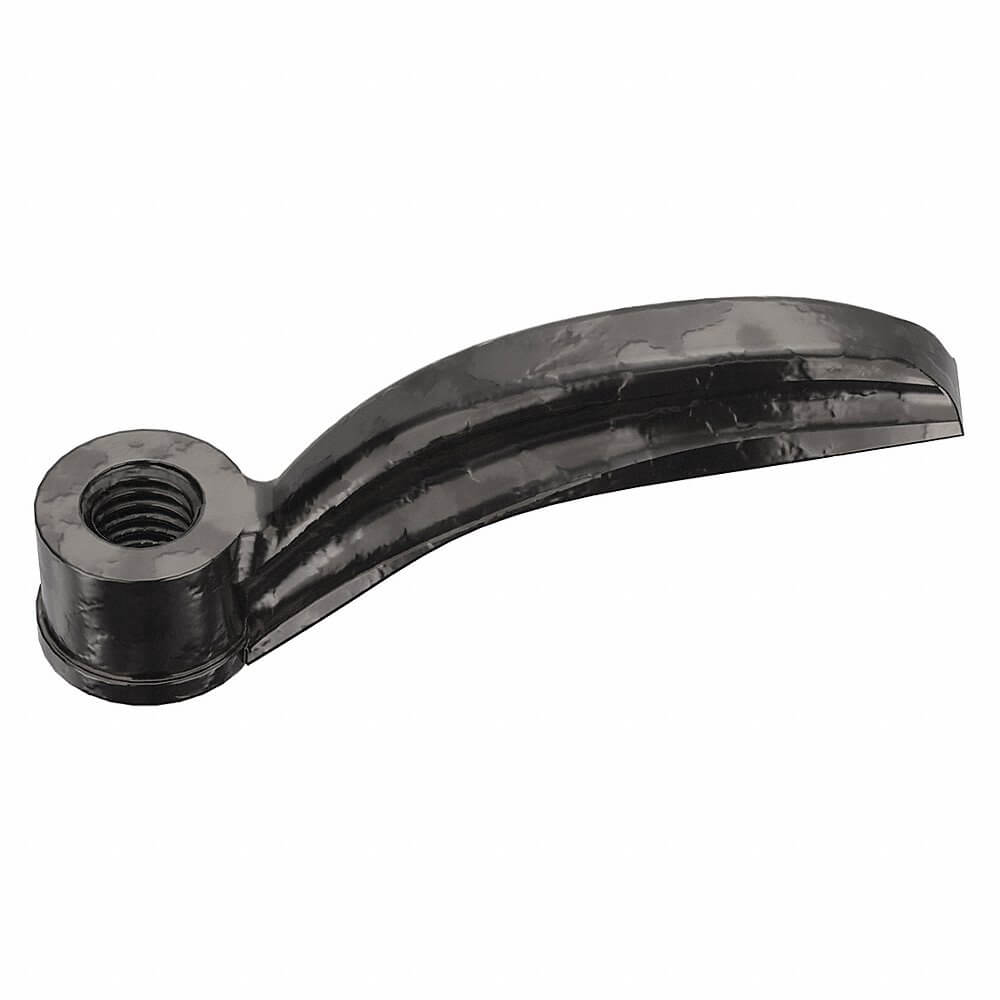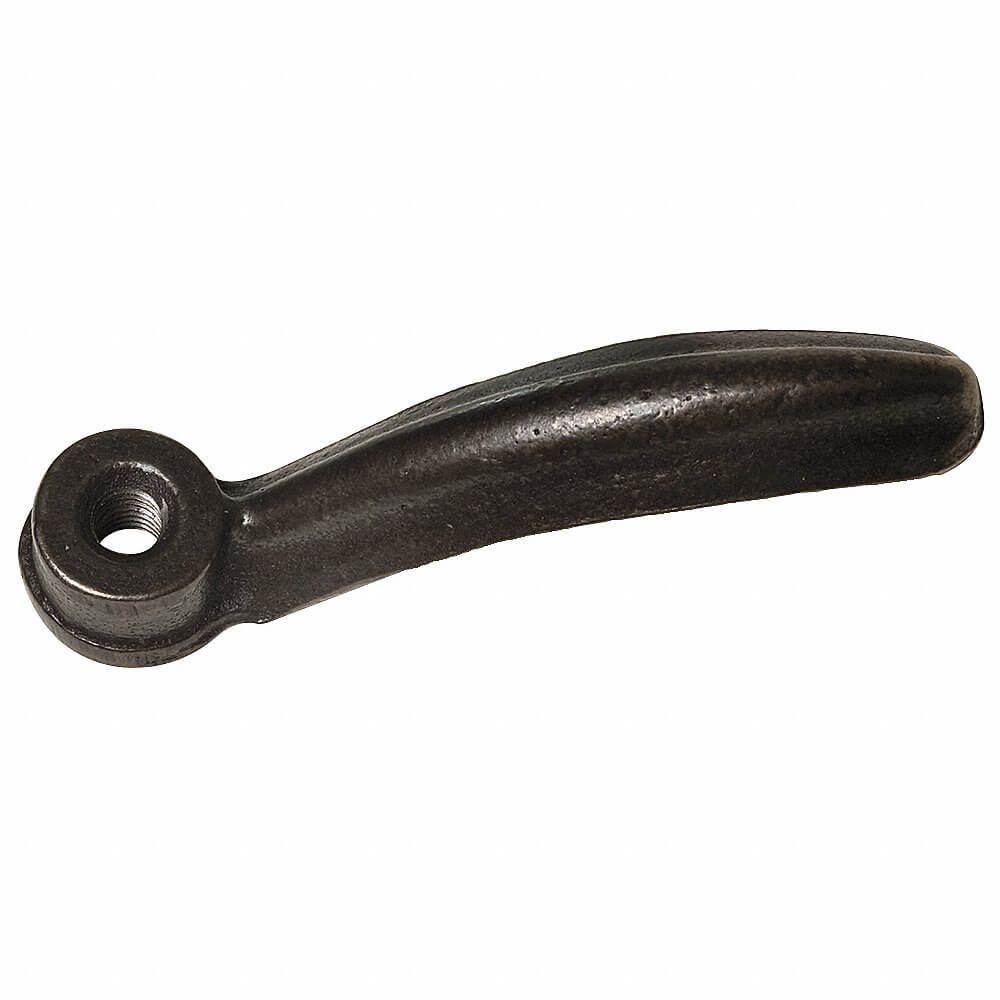Handle Nuts
PEERLESS HARDWARE -
Handle Nuts
| Style | Model | Price (ex. VAT) | |
|---|---|---|---|
| A | 2-EF0-510D72 | €228.02 | |
| B | 2-GH0-510D74 | €265.53 | |
| C | 2-GH0-510674 | €294.80 | |
| D | 2-CD0-510670 | €223.67 | |
| E | 2-CD0-510D70 | €175.84 | |
| F | 2-JJ0-510676 | €348.04 | |
| C | 2-EF0-510672 | €264.58 | |
| E | 2-II0-510D75 | €302.55 | |
| G | 2-II0-510675 | €330.52 | |
| C | 2-DE0-510671 | €223.67 | |
| E | 2-DE0-510D71 | €193.26 |
Handle Nuts
Handle nuts are ideal for fastening on screws and controlling valves for fluid handling, manufacturing and production applications.
Frequently Asked Questions
How to install a handle nut?
- Ensure that the handle and stem are clean and free of debris or corrosion.
- Slide the handle onto the stem or shaft, aligning it with the desired orientation.
- Place the handle nut over the end of the stem or shaft, threading it onto the threads.
- Make sure that the handle nut is tight enough to provide a secure connection between the handle and the stem.
- Use a wrench or plier to tighten the handle nut further, making sure that it is snug against the handle and stem.
- Test the handle to make sure that it moves smoothly and is securely attached to the stem or shaft.
How to maintain the handle nut?
- Always keep the handle nut and surrounding area clean from dust. Use a soft cloth or brush and mild soap for cleaning.
- Inspect the handle nut regularly for signs of wear, corrosion or damage. If any issue is detected, replace the handle nut completely to prevent leakage.
- Use a wrench or plier to tighten the handle nut periodically to ensure that it remains snug and secure against the handle and stem.
- Lubricate the handle nut threads and surrounding area with a silicon-based lubricant to prevent corrosion and ensure smooth operation of the handle.
- If the handle nut becomes damaged or worn, it should be replaced immediately to prevent the handle from becoming loose or unstable.
What is the benefit of zinc-plating?
Zinc plating involves coating the surface of the ductile iron with a layer of zinc through a variety of processes, such as electroplating or hot-dip galvanizing. It provides a protective layer that can help to prevent corrosion and rust on the surface of the iron. It can also improve the appearance of the iron, giving it a shiny, reflective finish. Zinc plating is ideal for applications where corrosion resistance is important, such as in outdoor or marine environments.
We are here to help!
Looking for a part not listed here?
Explore More
- Confined Space Equipment
- Nonelectrical Properties Testing
- Refrigeration Test Equipment
- Marine and RV Pumps
- Specialty Paints Coatings and Additives
- Hydraulic Bulk Hoses
- Screwdriver Sets
- Tool Belts Work Belts Aprons and Suspenders
- Clamp Sets
- Drop Cloths
- SUNCAST Storage Cabinet, Double Door
- INTERMATIC Hour Meter 24vac 60 Hz Mount
- APPROVED VENDOR Portable Drum Lifter
- DAYTON Housing Assemblies
- MILLER ELECTRIC Cylinder Racks
- HUMBOLDT S/J Joint Clamps
- REGAL Bottom Hand Taps, HSS, Nitride & Oxide
- BENCHPRO 50 Inch Width Task Light Frame
- MILLER BY HONEYWELL Aircore General Industry Full Body Harnesses, Green
- GAST Seals








